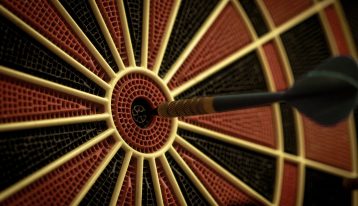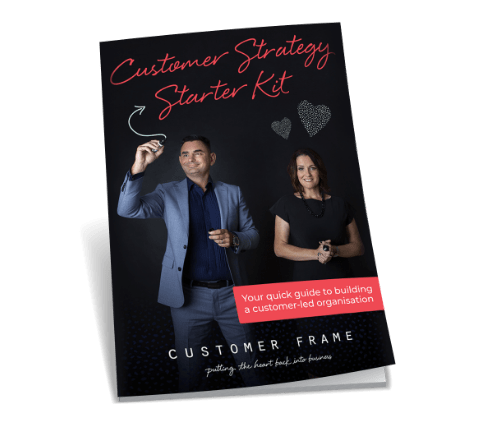We ran a customer journey workshop recently with one of our clients and we touched on the difference between customer needs and wants. A very bright bunch, and leaders in their field, our client instantly started quoting intellectual ideas such as Maslow’s hierarchy (amongst others).
And this is where theory and the reality of day-to-day business started to collide.
Working Out What I Need (Versus What I Want)
A key step in the customer journey is the process of working out what they need.
In many businesses, this is misinterpreted as the customer ‘working out what product to buy’.
To bring it to life, one participant made a stark comment regarding fashion shopping (they’re also a pretty stylish, good looking bunch!).
I need that pair of shoes or handbag, or dress”
On the surface, needing a product is a function of the magical process of brand, advertising and strategic marketing. And we see this across many industries for products and services alike.
From confectionary companies (you really need a Snickers) to household appliances (Dyson. The only cleaner you’ll ever need), we’ve been unconsciously reprogrammed for what our conscious minds regard as a need. The process is about directing the underlying need to want the product.
We Don’t Need Products. We Want Them
Products are usually designed to meet an unmet need – a narrow focus.
Unlike wants, needs hold a much wider definition, with the core need being able to be met by a range of wants.
Expressed more simply, a product is only one solution to my need.
When I ‘need’ that pair of shoes, what I’m actually saying is ‘I want those shoes to fulfil my need for _______’ and – that need can be fulfilled by a range of product options.
Snickers – I want it to fulfil a need for hunger, a sugar hit, taste-bud delight etc
Dyson – I want it to fulfil a need for speed of cleaning, quality of clean, ease of life etc
Interestingly, when we apply this through to businesses and organisations, the question arises –
Are we appealing to the underlying need or just pushing the benefits of our product?
‘Telling selling’ is quickly becoming the dinosaur of modern business.
Wants = Product Orientation ; Needs = Customer Orientation
As we’ve said before, the businesses of the future are those that focus on the ‘Who’ (customer) not the ‘What’ (product). Focusing on understanding customer needs and having a structured process to this is central to business and organisation relevance and sustainability.
And, it’s a whole of business effort. Reengineering your business around the customer through a systematic approach (such as our Customer Success Framework) helps you to build a true capability in your business to ensure your long-term relevance and success. Not to mention – some real immediate gains in efficiency and effectiveness.
For our client, finding that empathy to customer needs was a real revelation – one that will fundamentally change the portfolio of products they deliver, the way they deliver them and the growth potential of their business.
So, what are you focusing on in your business: your customer’s wants or needs?











